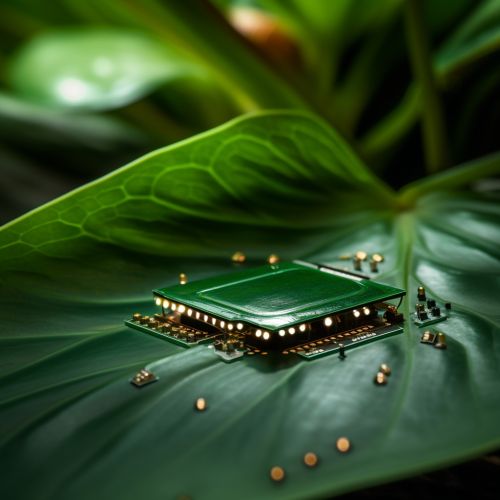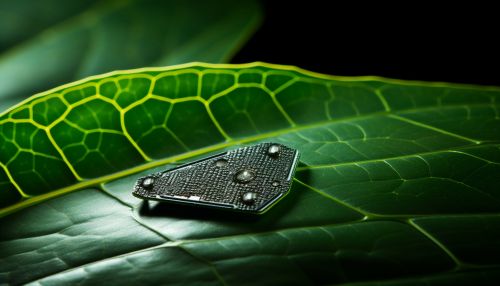Biomimicry in Environmental Monitoring
Introduction
Biomimicry, also known as biomimetics, is the imitation of the models, systems, and elements of nature for the purpose of solving complex human problems. In the context of environmental monitoring, biomimicry involves the design of monitoring systems that mimic natural processes or organisms to detect and measure environmental parameters. This approach offers several advantages over traditional environmental monitoring methods, including increased sensitivity, specificity, and adaptability.


Biomimicry in Environmental Monitoring: An Overview
The use of biomimicry in environmental monitoring is a rapidly growing field, driven by the increasing need for accurate, reliable, and cost-effective monitoring systems. These systems are used to monitor a wide range of environmental parameters, including air and water quality, soil health, and biodiversity. The biomimetic approach to environmental monitoring is based on the observation that nature has evolved highly efficient and effective mechanisms for sensing and responding to environmental changes.
Biomimetic Sensors
One of the primary applications of biomimicry in environmental monitoring is the development of biomimetic sensors. These sensors are designed to mimic the sensory capabilities of living organisms, enabling them to detect and measure specific environmental parameters with high sensitivity and specificity. For example, sensors inspired by the olfactory system of insects have been developed to detect volatile organic compounds in the air, while sensors based on the visual system of certain fish species can detect changes in water quality.
Bio-inspired Materials
In addition to sensors, biomimicry has also been used to develop bio-inspired materials for environmental monitoring. These materials, which mimic the properties of natural substances, can be used to enhance the performance of monitoring systems. For example, materials inspired by the adhesive properties of gecko feet have been used to create sensors that can adhere to a wide range of surfaces, enabling them to monitor environmental conditions in hard-to-reach places.
Bio-inspired Algorithms
Another application of biomimicry in environmental monitoring is the development of bio-inspired algorithms. These algorithms, which mimic the behavior of natural systems, can be used to analyze and interpret the data collected by environmental monitoring systems. For example, algorithms inspired by the flocking behavior of birds have been used to optimize the placement of sensors in a monitoring network, ensuring that the network provides comprehensive coverage of the area being monitored.
Case Studies
Several case studies illustrate the potential of biomimicry in environmental monitoring. For instance, researchers have developed a bio-inspired sensor that mimics the electroreceptive system of the platypus to detect changes in water quality. Similarly, a sensor inspired by the structure of butterfly wings has been used to monitor air quality. These case studies highlight the potential of biomimicry to enhance the performance of environmental monitoring systems.
Future Perspectives
The future of biomimicry in environmental monitoring looks promising, with ongoing research focused on developing new biomimetic sensors, materials, and algorithms. As our understanding of natural systems continues to grow, it is likely that we will see an increasing number of biomimetic solutions to environmental monitoring challenges.
